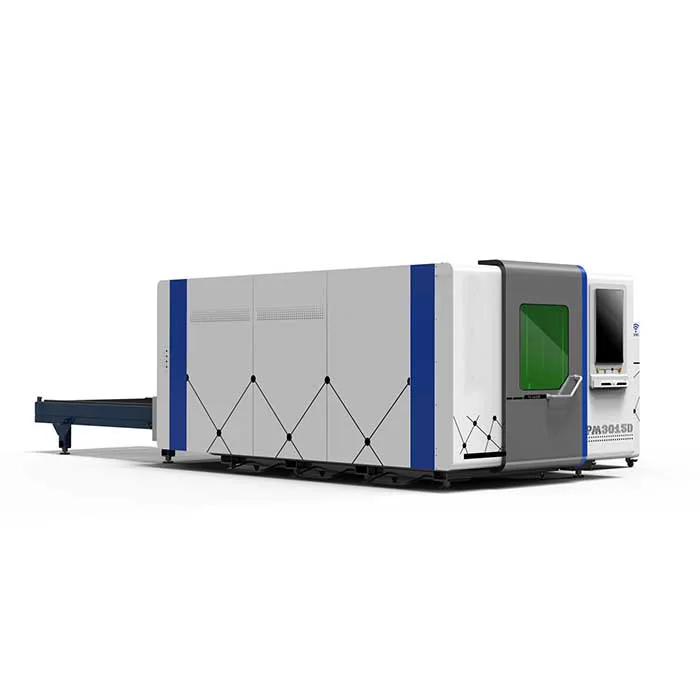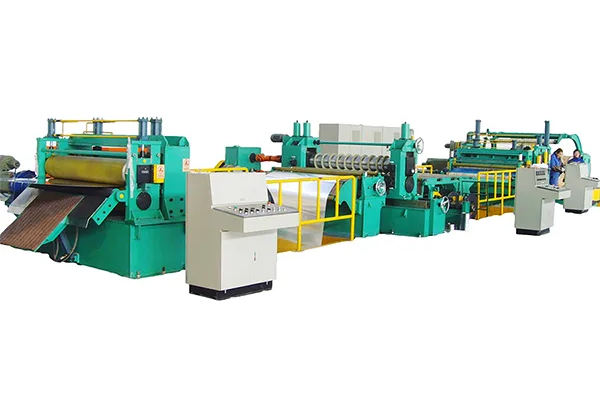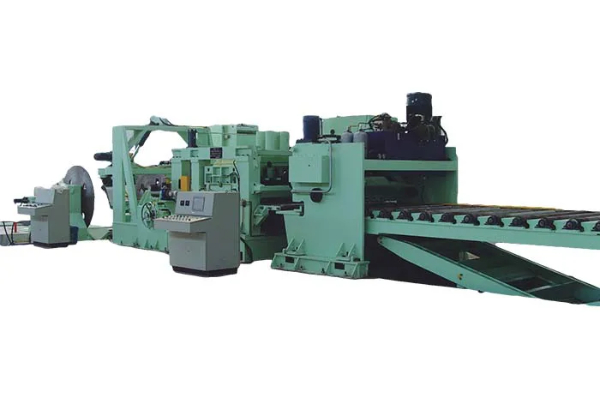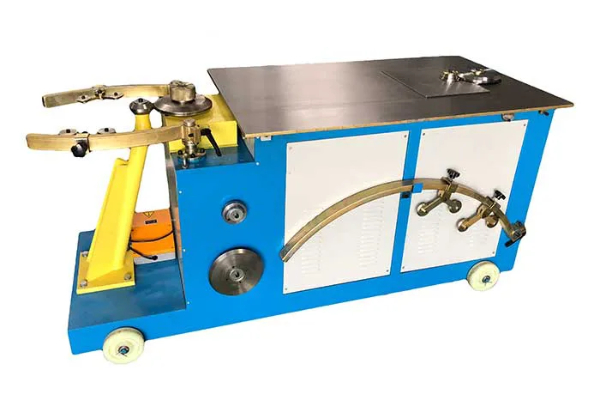
Metal Shearing for Beginners- Choosing the Right Machine for Your Project
- By:Metmac
- 2024-05-17
- 310
Introduction:
In the realm of metalworking, the art of metal shearing stands as a testament to the transformative power of precision and brute force. Whether you’re a seasoned pro or a metalworking neophyte, choosing the right shearing machine is paramount to ensuring a successful project. This guide will elucidate the intricacies of metal shears, empowering you to forge your path as a metalworking maestro.
Types of Metal Shears:
1. Manual Shears: These handheld tools require brute strength but offer portability and affordability. Ideal for small projects or cutting thin materials.
2. Power Shears: Powered by electricity or hydraulics, these machines deliver immense cutting force with minimal effort. They’re suitable for a broader range of materials and thicknesses.
3. Guillotine Shears: These stationary machines feature a downward-moving blade and are renowned for precision and efficiency. They excel at straight cuts in thick materials.
4. Rotary Shears: With a rotating blade, these shears allow for intricate curves and shapes. They’re ideal for projects requiring high-quality edge finishes.
Factors to Consider:
– Material Thickness: Determine the maximum thickness of metal you’ll be cutting to choose a shear with adequate capacity.
– Blade Length: The blade length determines the maximum length of each cut. Measure the length of your material to select an appropriate blade.
– Cutting Capacity: This indicates the shear’s ability to cut through materials of varying thicknesses and hardness. Ensure it exceeds your project requirements.
– Portability: If you need to move your shear around, opt for a lightweight and portable model.
– Safety Features: Look for machines with safety switches, guards, and blade covers to minimize the risk of accidents.
Choosing the Right Machine:
For small projects and thin materials, manual shears are a practical choice. For larger projects or thicker materials, power shears or guillotine shears offer greater cutting power and precision. Rotary shears are ideal for curved cuts and high-quality finishes.
Tips for Success:
– Secure the metal firmly: Use clamps or vises to prevent the material from moving during cutting.
– Lubricate the blades: Regular lubrication reduces friction and prolongs the lifespan of the blades.
– Wear safety gear: Always wear safety glasses, gloves, and ear protection.
Conclusion:
Metal shearing is an essential skill for any metalworker. By understanding the types of metal shears, their capabilities, and the factors to consider, you can choose the right machine for your project. Embark on your metalworking journey with confidence, confident that you have the knowledge and tools to cut through challenges with precision and power.
-
Mastering Form and Force: A Guide to Modern Metal Plate Bending Machines
2025/12/16 -
Demystifying Sheet Metal Laser Cutting Machine Price: The METMAC Value Perspective
2025/12/16 -
Metal Sheet Machinery: The Engine of Modern Fabrication and the METMAC Advantage
2025/12/16 -
Beyond the Bend: The Power and Precision of the Modern Sheet Profile Machine
2025/12/16
-
Advanced Sheet Metal Rolling, Laser Cutting, and Folding Machines for Precision Fabrication
2025/10/31 -
High-Performance Sheet Metal Bending and Cutting Machines for Modern Fabrication
2025/10/31 -
High-Quality Sheet Metal Equipment for Sale: Efficient Solutions for Modern Manufacturing
2025/10/31 -
High-Performance Sheet Metal Equipment for Sale: Forming and Shearing Solutions for Modern Fabrication
2025/10/22
-
A Guide to the Latest Innovations in Sheet Metal Folding Machines
2024/11/29 -
Key Features to Consider When Investing in a Sheet Metal Folding Machine
2024/11/28 -
Enhancing Precision with Advanced Sheet Metal Folding Machines
2024/11/27 -
How to Choose the Right Sheet Metal Folding Machine for Your Workshop
2024/11/26







